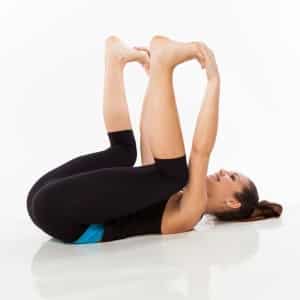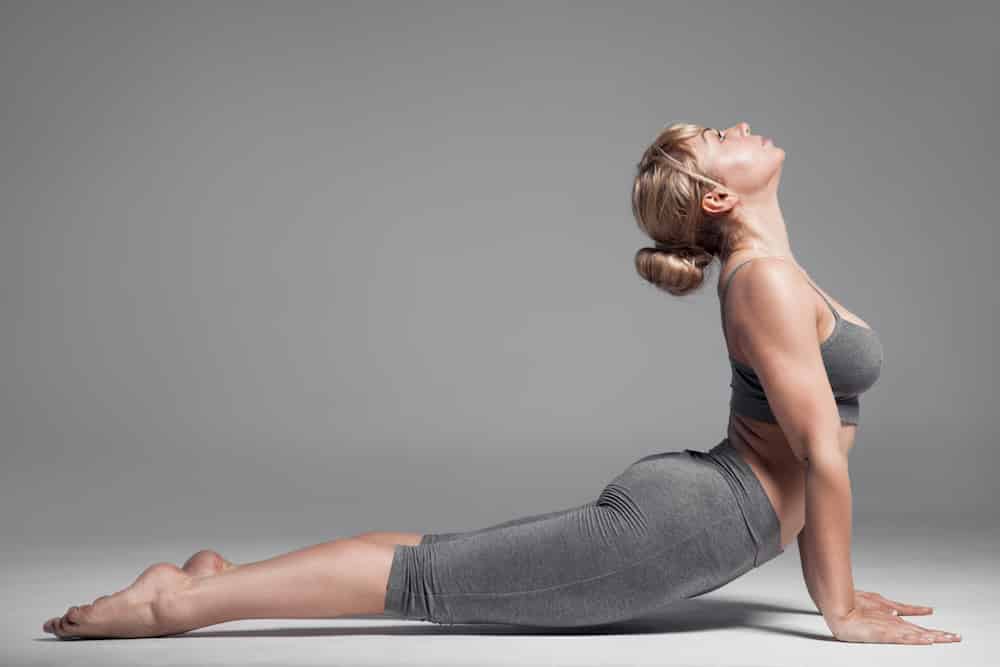The definition of 'athletic' and what optimal fitness entails varies from person to person. It could be how fast you can sprint 100 meters or run 26.2 miles. It could be lifting hundreds of pounds overhead or lifting the weight from the floor. It could even be determined by whether or not you can contort your body into poses. Initially, one may respond that to a yogi, flexibility is most important, and to athletes, strength and power should be a priority. Would you believe that the opposite may actually be true?
As a physical therapist, we must consider both the patient's fitness goals and their form of exercise. Understanding their sport or exercise can help with modifications that can prevent future injuries that may interfere with their daily activities. For example: I have one good friend who is an avid yogi and another who plays basketball at an elite level. I've said the following to each of them:
"My goal is to help every yogi understand the importance of incorporating resistance training into their practice and to help every gym rat understand the importance of getting on a yoga mat."
Now, at face value, they both laughed, but upon further explanation, I got my 6'11" friend into a yoga class.
Movement can be broken down into four boxes: Mobility, Stability, Light Work (or closed chain movement) and Heavy Work (or open chain/specialized movement). In order to move well, it is important to be able to achieve full positions within a movement pattern. With respect to injury prevention, being able to squat with less weight through the full range of motion is actually more beneficial than squatting more weight through a partial range of motion. Often if you watch a skilled athlete demonstrate a squat, you may notice that they cannot achieve parallel with their leg position therefore lacking range. This may be due to either lack of flexibility and/or lack of strength at the lower positions. When the end ranges of motion are not utilized while resistance training, these ranges are not strengthened. Eventually, they cannot be used and tissue stiffness increases. Tissue stiffness will eventually correlate to increased risk of injury.
The opposite of this is also true. Advanced yoga often requires positions of extensive flexibility. Flexibility without strength, however, creates poor mechanics within the joint and increases prevalence for injury. When in a position that requires an increase in the range of motion beyond what is available the ligaments surrounding the joint are stretched. Thus muscles cannot produce enough force to prevent degradation of the joint surfaces from abnormal contact which can cause a breakdown in the joints getting in and out of positions. To avoid this, it is important to remain "active" in these positions, by performing isometric contractions of the muscles while sustaining these positions. Similarly, it is important that the flexibility is created at the appropriate joint levels, and compensations do not occur above or below.
Getting into the right position is the first key step when training movement patterns. Oftentimes, it must be achieved in a gravity eliminated posture (lying on your back/side/or stomach).This may require assistance and external help as with manual stretching, use of equipment, etc. The next step in progressing is to gain strength in these postures and begin to increase the difficulty of the movement pattern by adding resistance rather than assistance and progressing from gravity eliminated to against gravity (lying to sitting to kneeling to standing). A great example of this is the "happy baby pose" (Ananda Balasana), which is a static version of the "dead bug" exercise. 
Would you consider a weighted squat to be a progression of that? In fact, it is! In order to perform a dead bug, the patient begins lying on their back either with their legs extended or slightly bent (depending on their current level of function), then draws their knees (either one at a time or simultaneously – again dependent on current strength) toward the chest until approximately at 90/90, then extends their legs while maintaining a strong core contraction. Now several stages later, consider the squat. You begin standing, and while stabilizing the spine (as you are now working against gravity), use the deep core muscles, glute, hamstring and quad muscles to control the descent (bending the hips and knees while maintaining an erect spine) and return to the starting position. Once this is achieved without a breakdown in the mechanics, you begin loading the movement by adding resistance (tubing/barbell/kettlebell).
Understanding these movement patterns and concepts, among others, ensures that physical therapists appropriately prescribe exercise interventions to their patients and clients. If you notice muscle imbalances, lack of (or too much) flexibility throughout your joints and/or pain in specific positions, contact your physical therapist or physician for further assessment!





